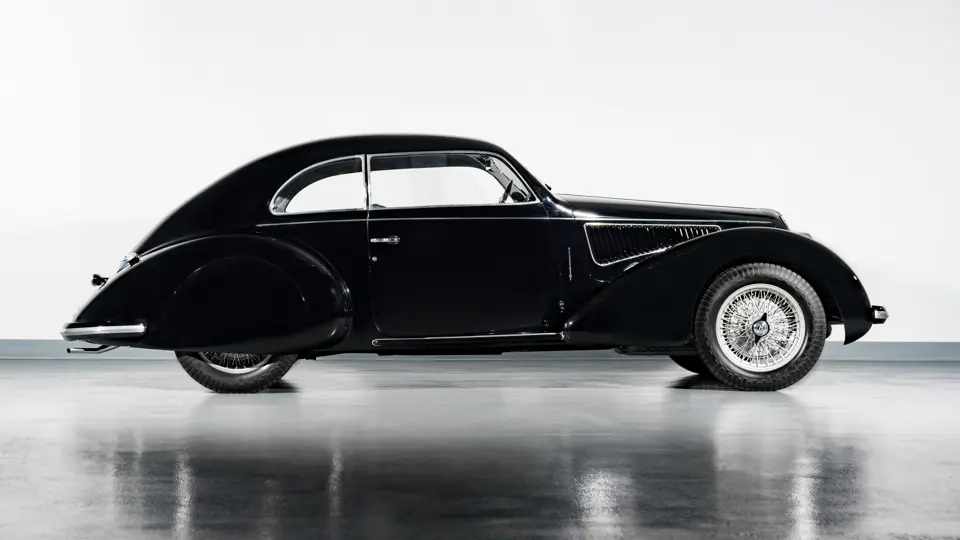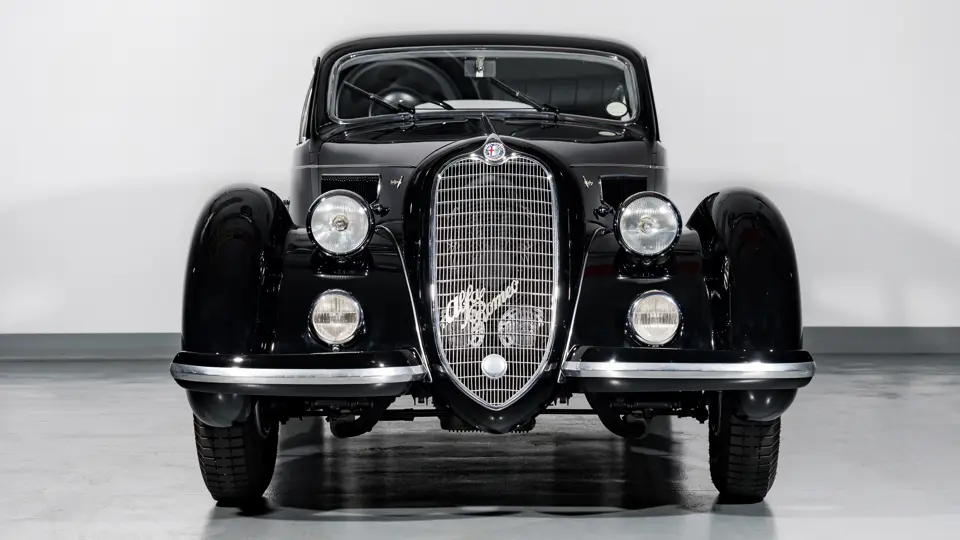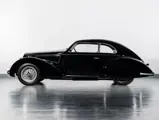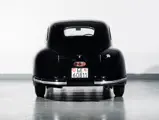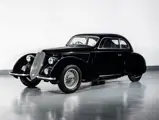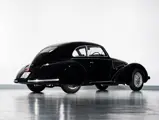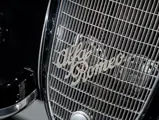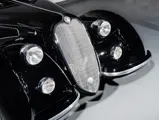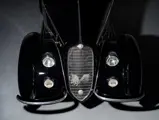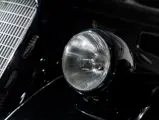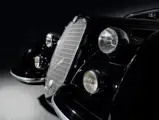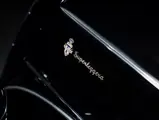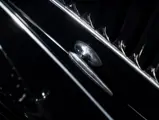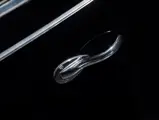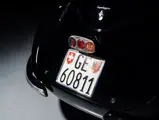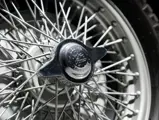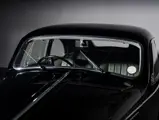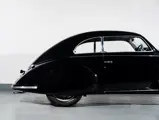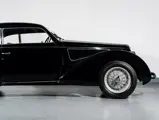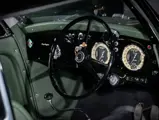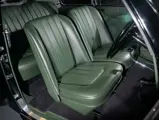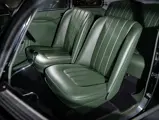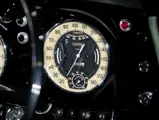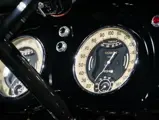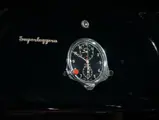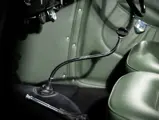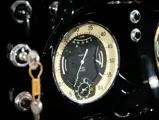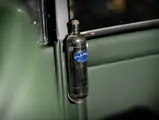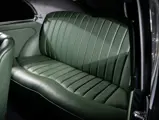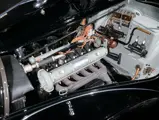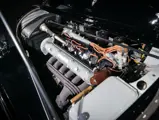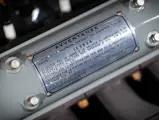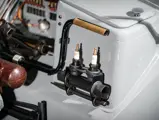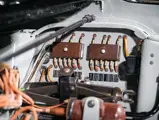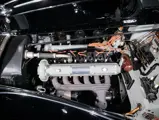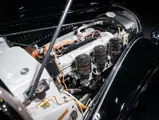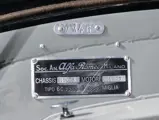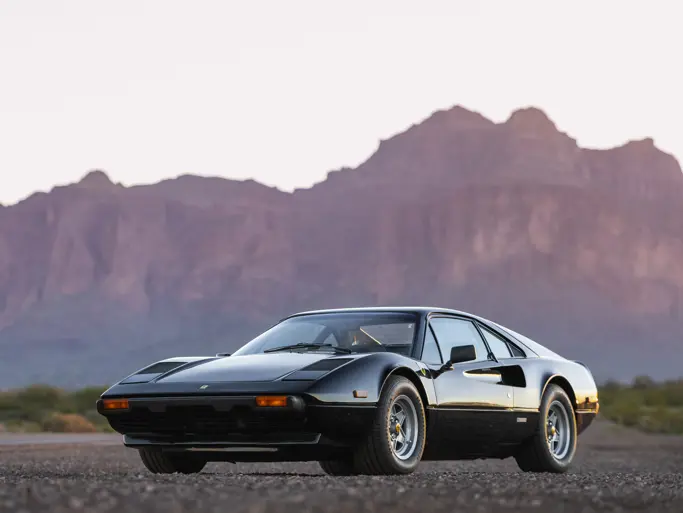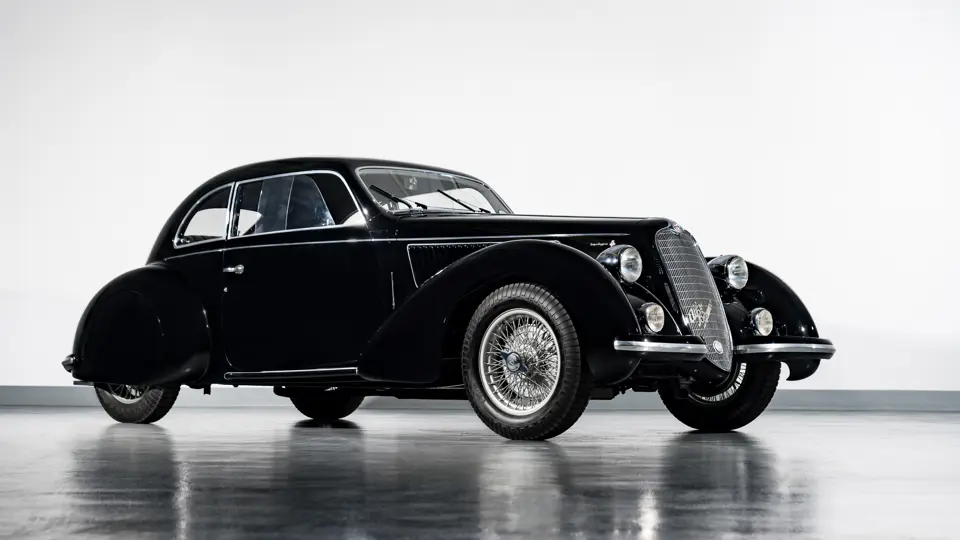
1938 Alfa Romeo 6C 2300B Mille Miglia Berlinetta by Touring
{{lr.item.text}}
$1,500,000 - $2,200,000 USD | Not Sold
Offered from the Oscar Davis Collection
{{bidding.lot.reserveStatusFormatted}}
- One of just 107 ultimate-specification 6C 2300B Mille Miglias produced
- Fitted with original Berlinetta body by Carrozzeria Touring of Milan
- Retains numbers-matching 95 horsepower engine with correct-fitment triple Solex carburetors
- Presently equipped with a five-speed gearbox for improved touring capability; accompanied by a correct-type Alfa Romeo gearbox numbered 843047
- Documented history since 1946, and kept in “time warp” condition in the famous “Sleeping Beauties” collection of Michel Dovaz between 1957 and 1990
- Subjected to a comprehensive two-year restoration under previous ownership; Awarded best in class at both the 2007 Pebble Beach Concours d’Elegance (where it was a Best of Show runner-up) and 2009 Amelia Island Concours d’Elegance
THE EVOLUTION OF THE 6C
Throughout the late 1920s and 1930s, Alfa Romeo dominated long-distance road racing with their glorious 6C and 8C models; the period from 1928 until the outbreak of war yielding six consecutive wins in the Targa Florio, four consecutive victories in the 24 Hours of Le Mans, and no fewer than 10 wins in 11 years in the grueling Mille Miglia. Indeed, in the period 1932 through 1934, they remained unbeaten in all three events, thereby sealing an unprecedented “hat-trick of hat-tricks” for the Portello marque.
The origins of the 6C went back as far as 1925, although it did not enter production until 1927—initially in suitably modest 1.5-liter, single camshaft, un-supercharged “Normale” specification. In 1928, a new twin-camshaft Sport variant was introduced, while a supercharged Super Sport “Compressore” version was added to Alfa Romeo’s production portfolio the following year for those of a sporting persuasion. That same year marked the first appearance of the evolutionary 6C 1750, which was also available in both supercharged and un-supercharged form, as well as with numerous different body styles, while the new-for-1933 6C 1900 marked the final derivative of the original 6C 1500 model (a design by now eight years old).
By 1934, Alfa Romeo had been subsumed into state ownership, a move which necessarily saw greater scrutiny of manufacturing costs. While the 8C remained the jewel in the marque’s crown from both a technical and sporting perspective, it was complex and relatively expensive to produce, and consequently sold in only limited numbers. A significantly revised and more accessible 6C model was therefore identified as being critical to Alfa Romeo’s commercial future, and stalwart designer Vittorio Jano was duly tasked with its reworking.
Jano retained much of the basic architecture of the previous smaller-capacity 6C engine (specifically, a cast iron block, aluminum cylinder head, and two valves per cylinder), although his newly designed 6C 2300 unit boasted a bore and stroke of 70 and 100 millimeters, respectively—a far cry from the comparable values of 62 and 82 millimeters used in the 6C 1500. Power output for the standard “Turismo” model was 68 horsepower, although the more sporting 95 horsepower Pescara variant was introduced in late 1934; the latter in recognition of Alfa Romeo’s remarkable 1-2-3 finish in the 24 hour Targa Abruzzi at Pescara with a team of Scuderia Ferrari-entered 6C 2300s.
Significantly, 1935 marked the appearance of the 6C 2300 “B” series, which featured a lighter, more contemporary chassis, with hydraulic brakes and independent suspension on all four wheels. Not only did such technical advances afford a significant improvement in ride quality, but they also permitted the center of gravity to be lowered noticeably, with a further positive effect on performance.
ALFA ROMEO’S MAGNIFICENT GIANT-KILLER
While 8Cs—increasingly in ultimate specification 2.9-liter form—continued to attract the plaudits for their overall wins in events such as the Mille Miglia, the new 6C 2300 model proved no less impressive in the smaller-capacity categories. In the 1936 edition of the race, Cattaneo and Donati won the over-2-liter un-supercharged class in their 6C 2300 Pescara, while the following year Boratto and Guidotti finished a remarkable 4th overall en route to another 2-liter class win. The latter pairing was beaten in the overall classification only by the 8C 2900s of Pintacuda and Farina, and the Delahaye of Schell; an achievement which led Alfa Romeo to re-name their top-of-the-line model as the 6C 2300B Mille Miglia in preference to its previous Pescara moniker. As if to underline the 6C 2300B’s giant-killing credentials, the 6C 2300B Touring Spider of Cortese/Fumagalli took a further class win in 1938, the final Mille Miglia before the outbreak of war.
Constructed exclusively using the 300-centimeter wheelbase “Corto” chassis—as opposed to the 325-centimeter “Lungo” version—and the higher-specification 95 horsepower engine, total production of the 6C 2300B Mille Miglia stretched to just 107 units, of which the majority were fitted with either Berlinetta or Spider coachwork by Touring of Milan. This magnificent example of the former, chassis number 815053, left the Portello works in April 1938; its early ownership is unknown, most likely due to the Second World War, but it is first recorded as being owned by Herr Hoffer of Geneva in 1946.
In 1953, Herr Hoffer sold the car to Jean-Louis Fatio, also of Geneva; the car’s history file containing correspondence from Monsieur Fatio confirming that he had purchased the car around this time from “Garage Hofer” (sic) for the princely sum of 500 Swiss Francs, or approximately $100. Interestingly, Monsieur Fatio also noted that the car “ran very very well and that the engine was in perfect condition,” and that the car was a “light greyish green with red leather interior” when he purchased it, although during his ownership the car was resprayed dark blue.
According to correspondence on file, in 1957, Monsieur Fatio sold the car to his friend and fellow Geneva resident Michel Dovaz, who would re-register this Alfa Romeo in France in August 1958. Dovaz—a prominent wine expert and food critic—would retain the car for more than three decades. During this time he amassed a highly unusual and desirable collection of more than 50 vintage and classic cars, all of which were kept in original unrestored condition at his estate in Villemaréchal, roughly 50 miles south of Paris. Evidently a man of considerable taste, Monsieur Dovaz owned, at one time or another, no less than 21 Bugattis, while Alfa Romeo representation extended beyond 815053 to encompass a post-war 6C 2500 Competizione and a 6C 2500 SS Cabriolet as well. This Mille Miglia was privileged to share the most protected barn at Villemaréchal with three prized Bugattis, and so remained better-preserved than others in the collection.
However, in 1983, a book entitled Sleeping Beauties brought the existence of the collection to the attention of the wider world and, from Monsieur Dovaz’s point of view, drew unwanted attention to his very private passion. As a result, he moved some of the cars to a new location in the Dordogne over the next decade or so, electing to reluctantly dispose others—of which 815053 was but one example.
A “SLEEPING BEAUTY” AWAKES
In 1990, ownership passed into the hands of Dutch Alfa Romeo collector and dealer Douwe Heida. Unsurprisingly, the passage of more than 50 years, well over half of which had been in Monsieur Dovaz’s somewhat rustic ownership, had taken its toll on the car, and Mr. Heida duly embarked on the exacting restoration which it so richly deserved. Strenuous efforts were made to establish the original color scheme which, according to original Touring records accessed by Mr. Heida, was reputedly light blue. It was in this form that the car passed into the ownership of Belgian Alfa Romeo aficionado and Pebble Beach judge Raoul San Giorgi in 1997; a man who, by curious coincidence, had purchased Michel Dovaz’s 6C 2500 Competizione only two years previously.
Mr. San Giorgi retained 815053 for only two years, with ownership subsequently passing to Dutch collector and Vintage car dealer Paul Koot in 1999. After a four-year tenure in Mr. Koot’s collection, the car ventured into American ownership for the first time with David Smith, who purchased it in 2003. It was at this point that a second comprehensive restoration was embarked upon with, amongst other things, the body being removed from the Superleggera tubing and sympathetically restored prior to refitment to the frame.
The entire restoration took more than two years and incorporated both a change in exterior color to black and a retrim in dark green leather; the smallest details, from the Carello driving lights to the in-dash Jaeger chronograph, contribute to its period-correct presentation. Under Smith’s ownership, an Alfa Romeo Giulietta Sprint Veloce-sourced five-speed gearbox with a BMW clutch assembly was installed in the car to improve its touring capability; the correct-type Alfa Romeo gearbox, numbered 843047, was retained, and it accompanies the car today.
Once completed, the restored car was awarded a Best in Class award at Pebble Beach in 2007 (where it was also a Best of Show runner-up), and a coveted Senior Badge at the CCCA Nationals in Bellevue, Washington in early 2008. Smith then decided to sell the Alfa Romeo, whereupon it entered the Oscar Davis Collection. In 2009, it won the Pre-war Sports Car class at the Amelia Island Concours d’Elegance, further evidence of the beauty of Touring’s design and the quality this chassis’ restoration.
Recent years have seen a discernible and entirely justified upturn in the appreciation of 6C Alfa Romeos of all specifications. No longer viewed merely as the 8C’s little brother, the model’s sporting pedigree, technical prowess—especially in “B” specification—and remarkable versatility ensures that it has been rightly reappraised as one of the most important models ever produced by the company.
In the case of the Touring-bodied 6C 2300B Mille Miglia, one is presented with car of incomparable style, exquisite Art Deco detailing and considerable rarity; in that of chassis 815053 specifically, a car augmented by a fascinating backstory, unparalleled provenance and benefitting from an exacting and subsequently well-maintained restoration. Beautifully presented, and ideally suited to all manner of touring events and concours d'elegance, pre-war motoring can seldom be enjoyed more serenely, or stylishly, than this.

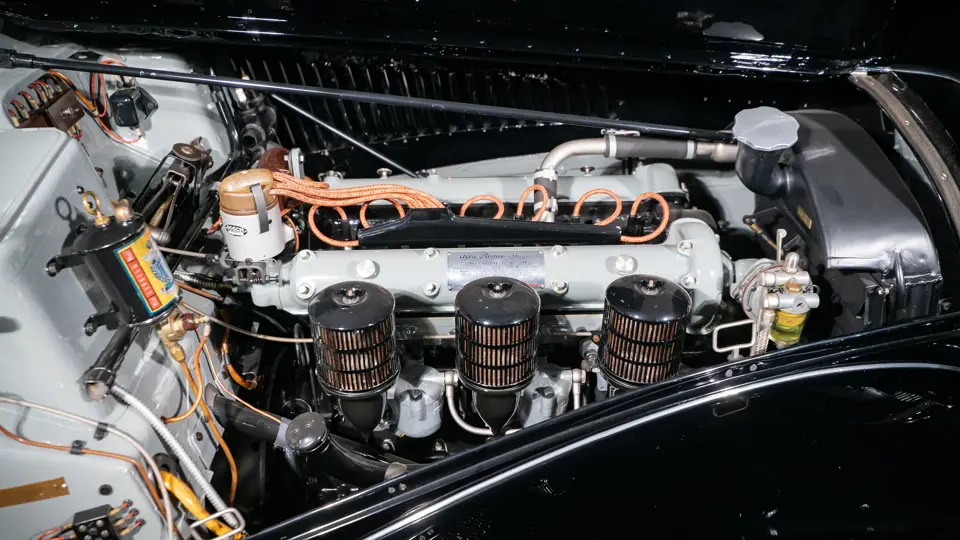


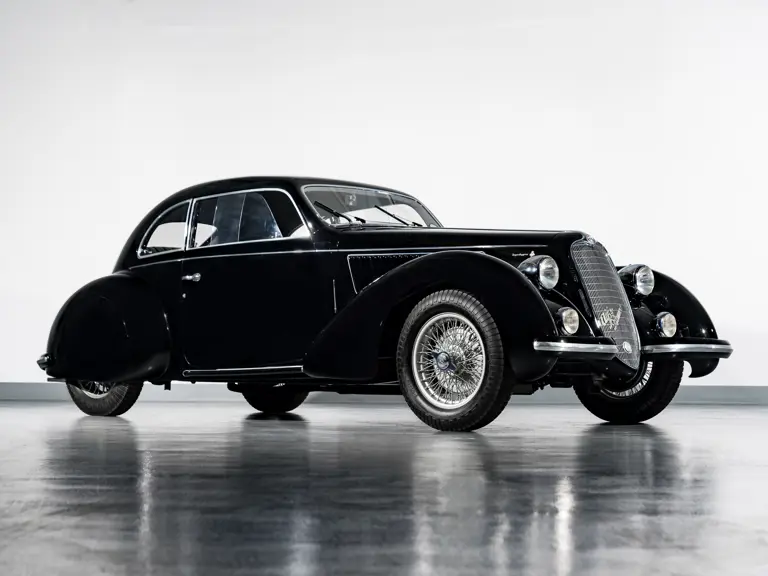

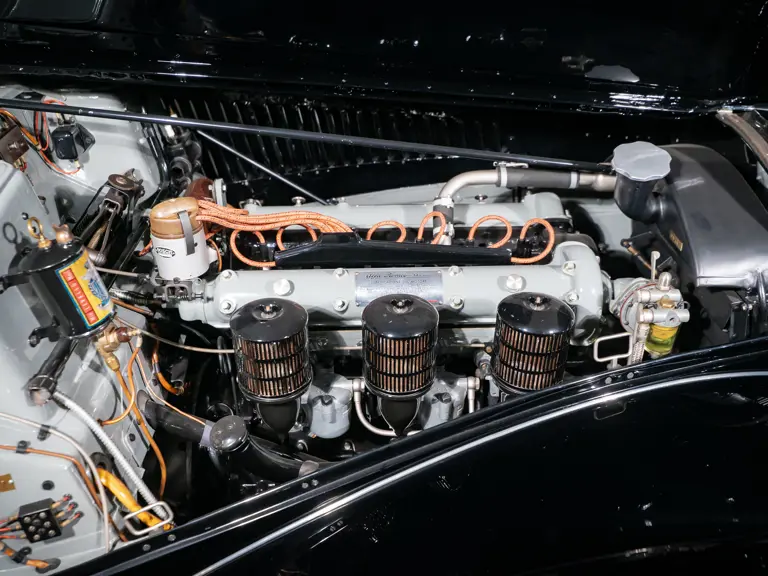
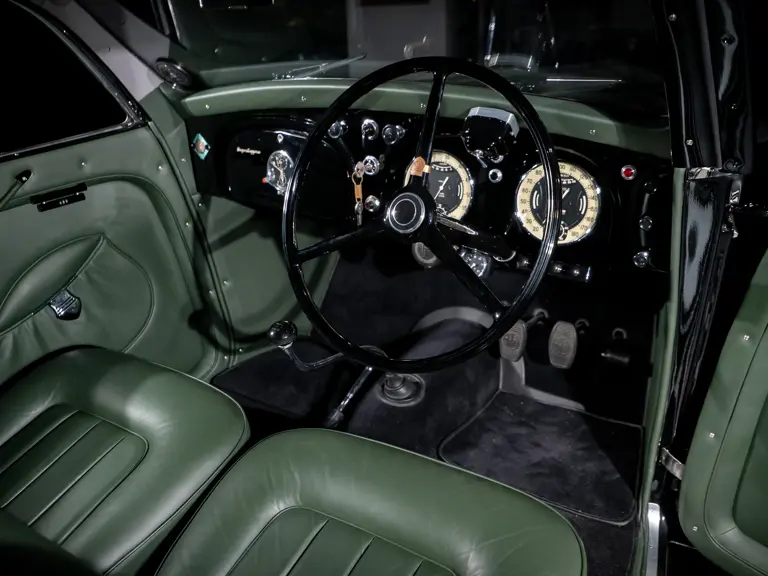


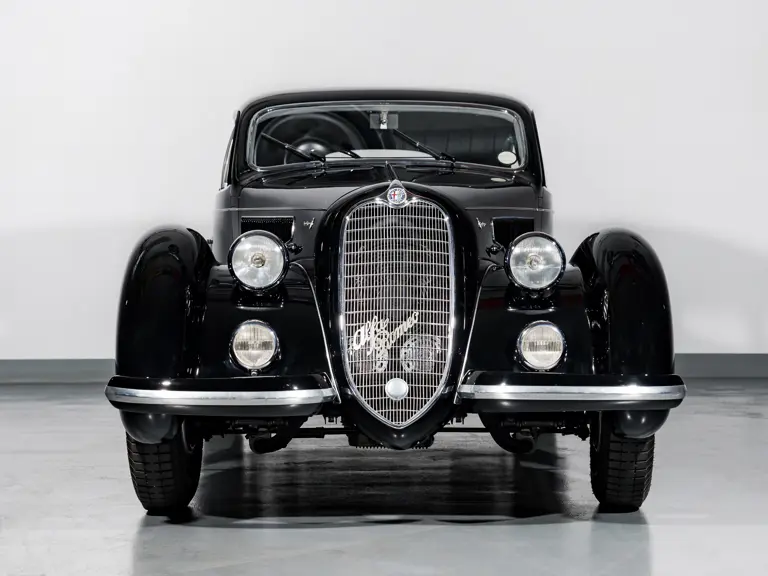
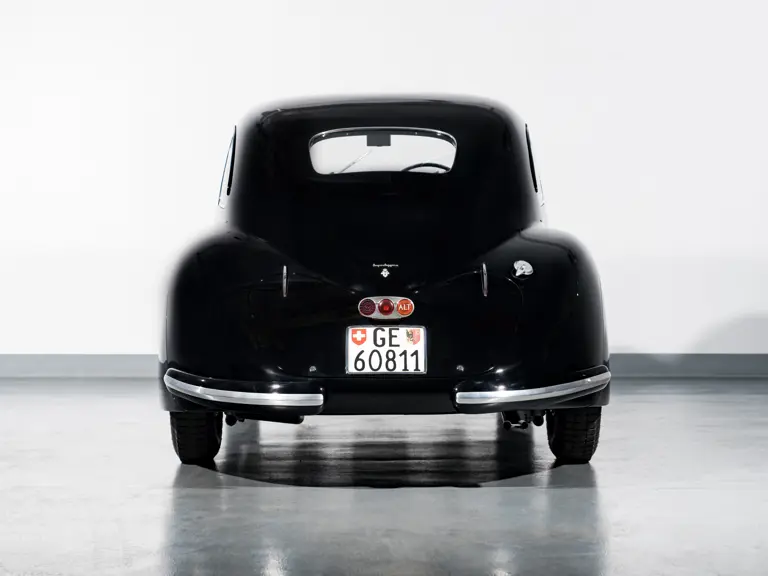
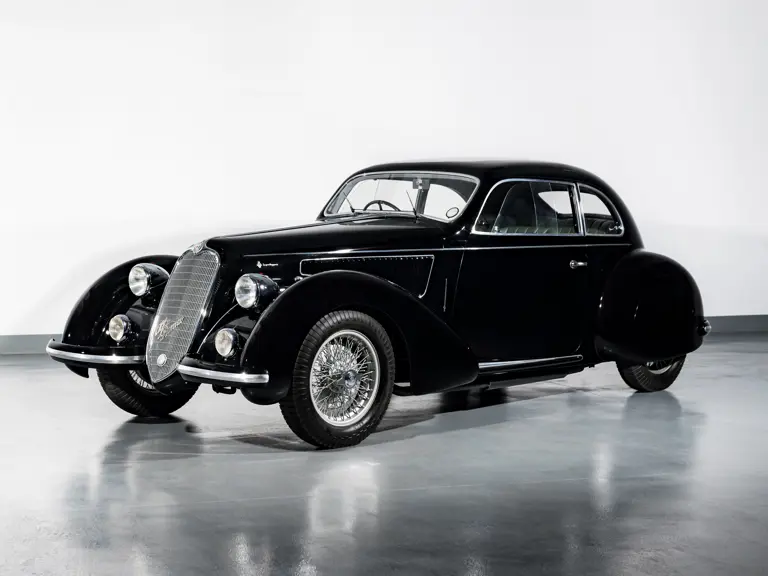
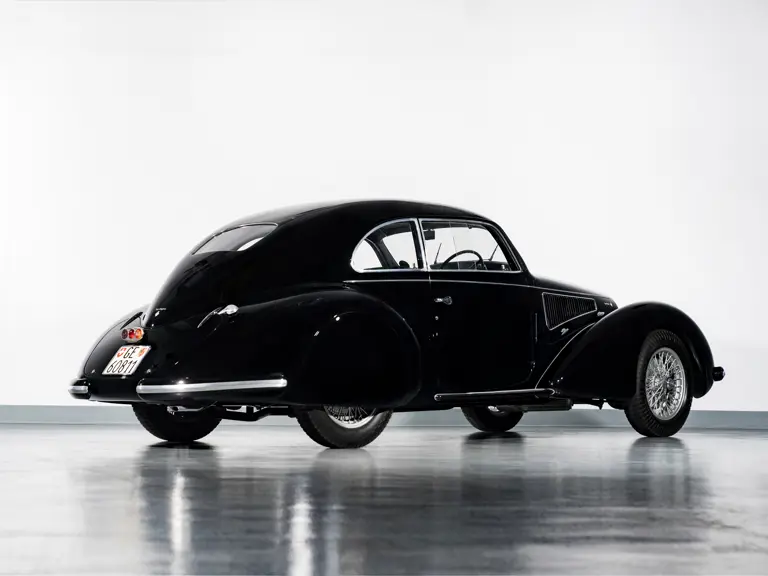
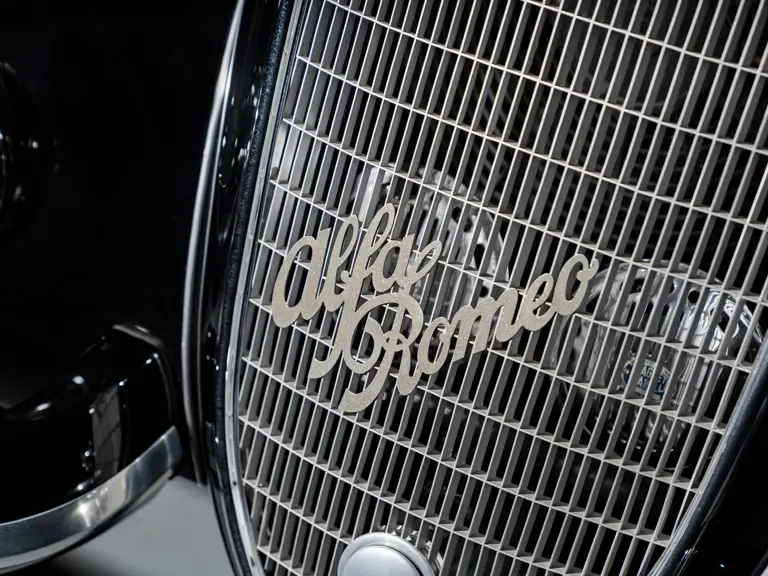
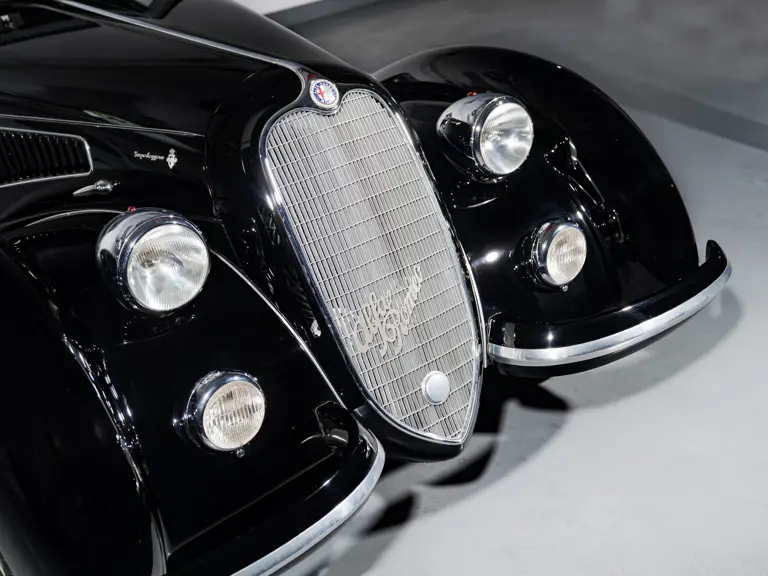
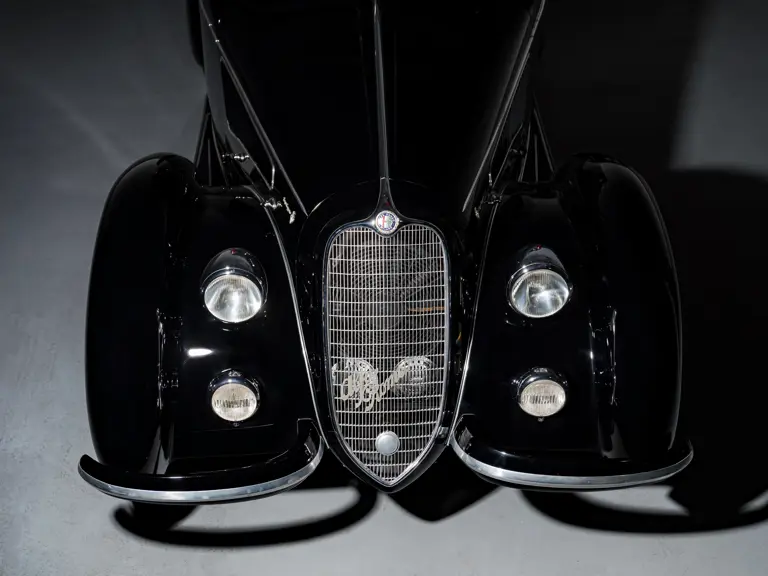
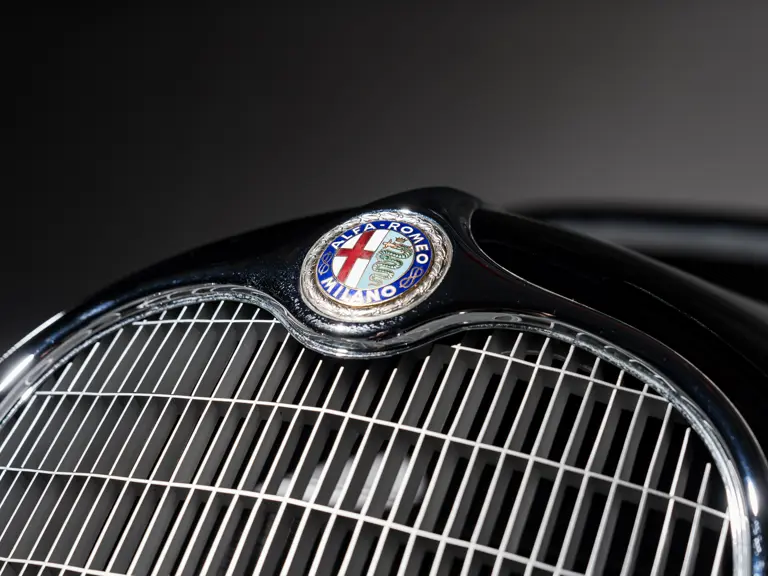
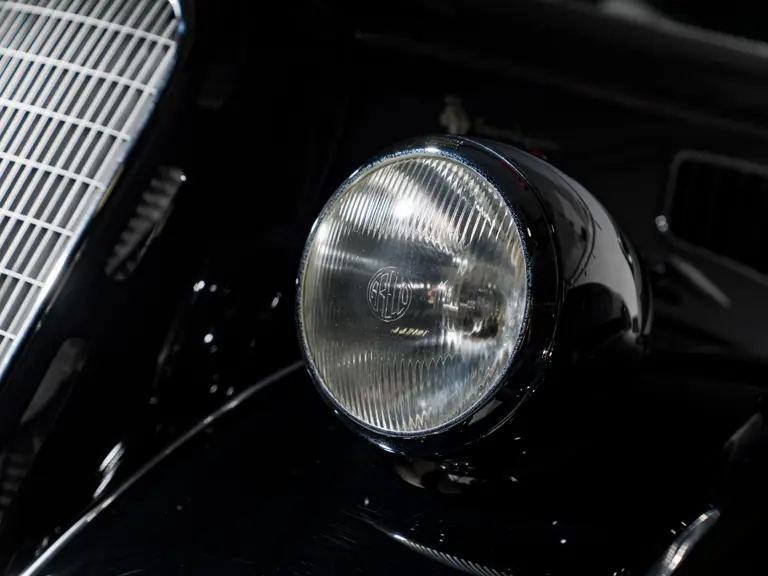


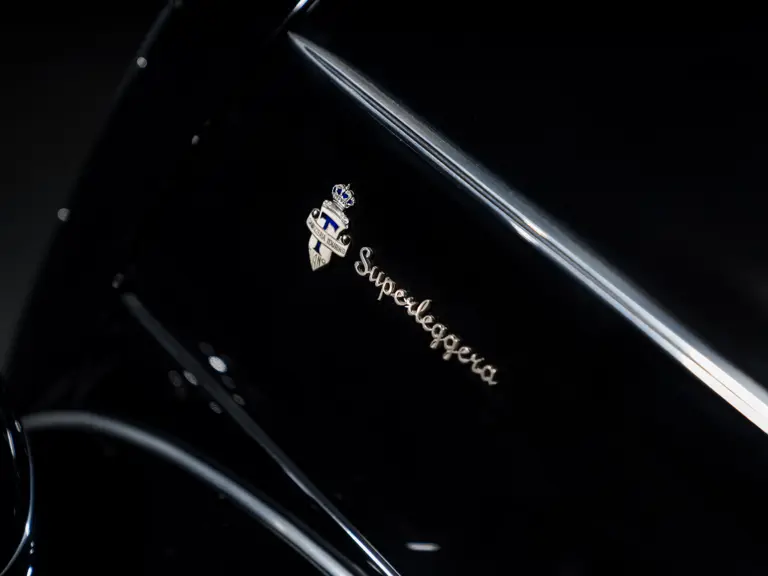
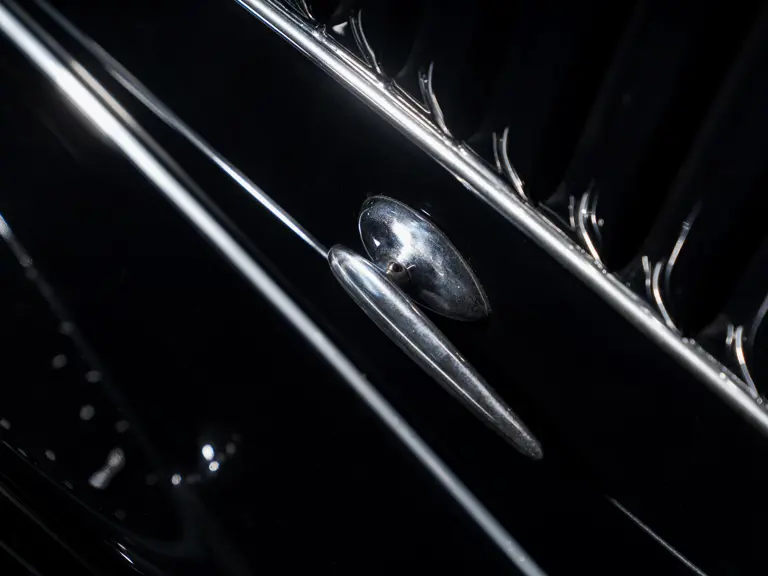
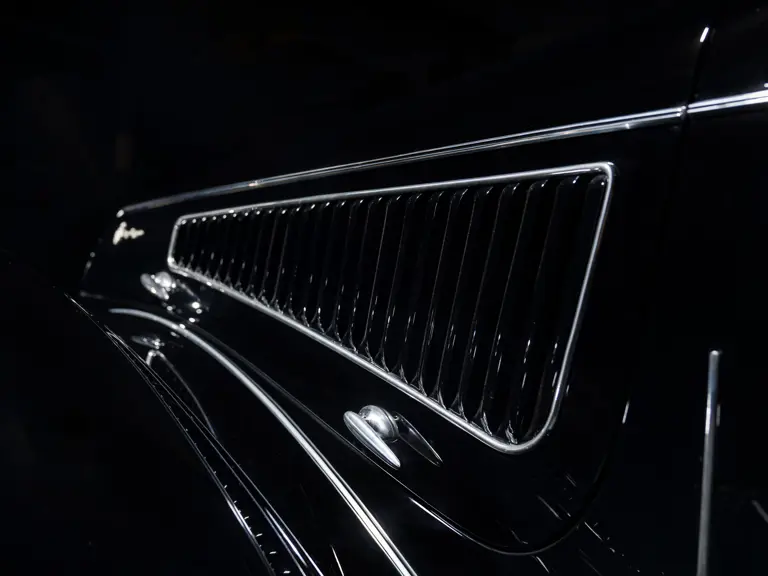

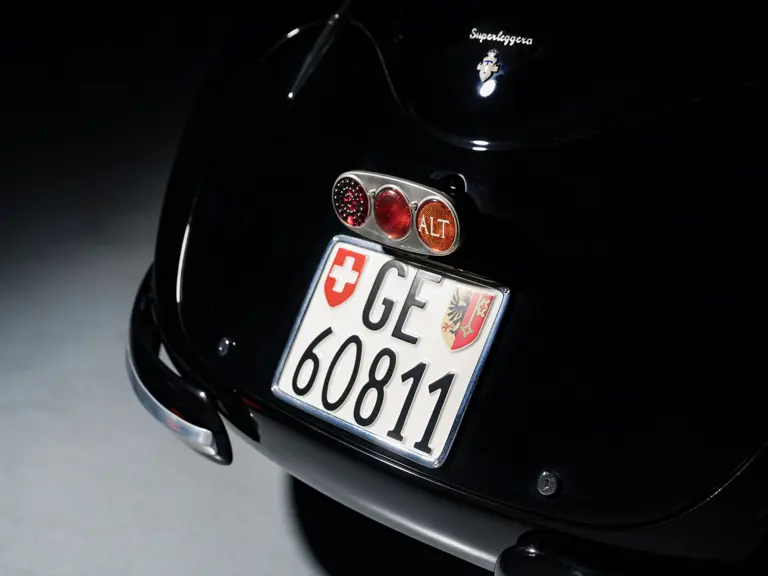
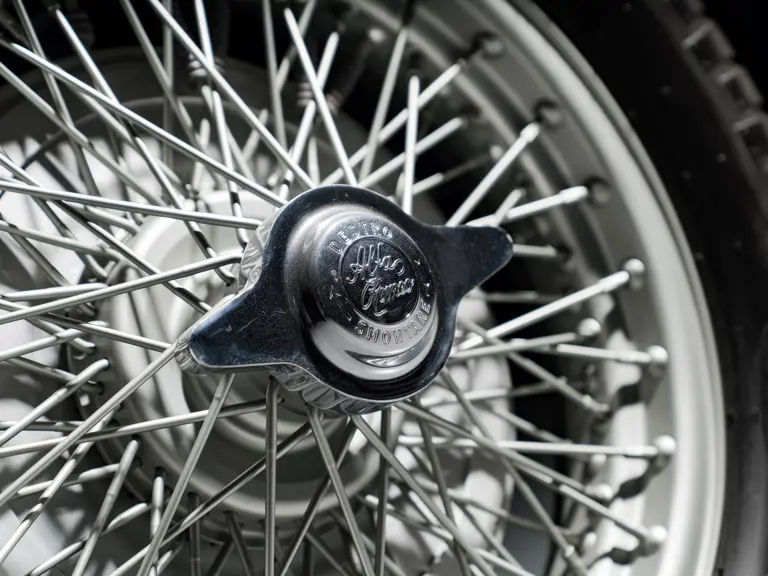
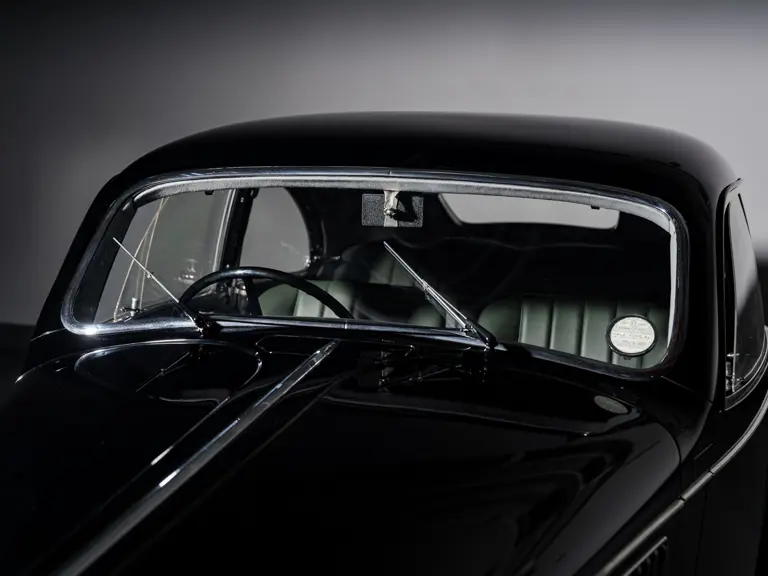
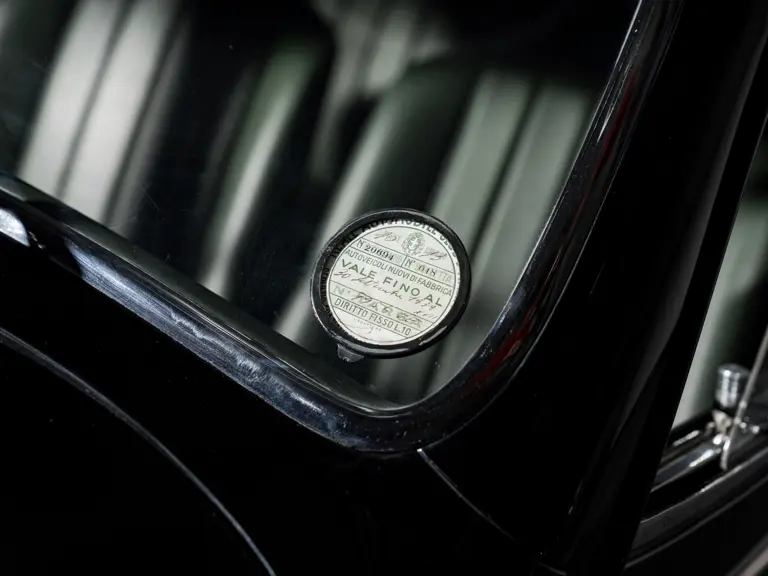

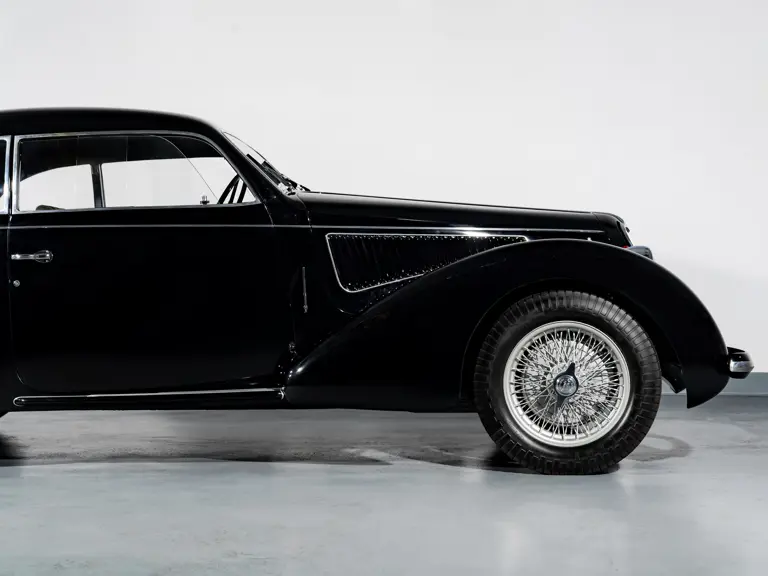
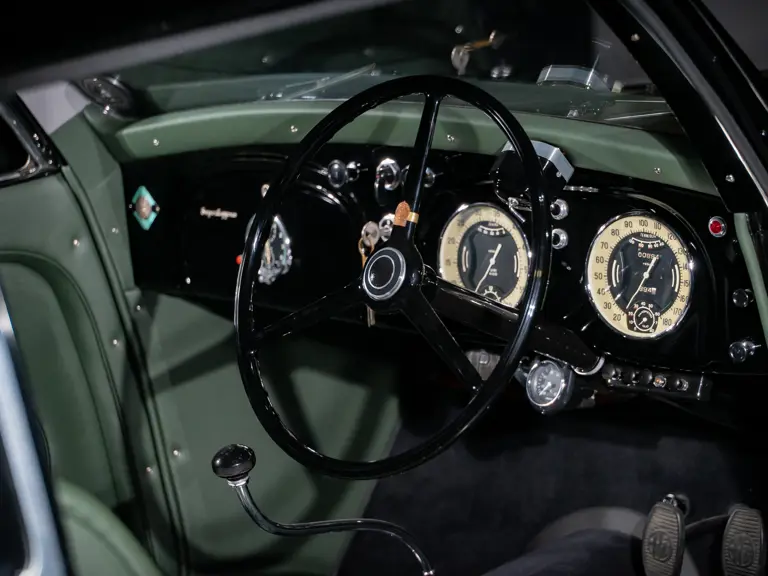
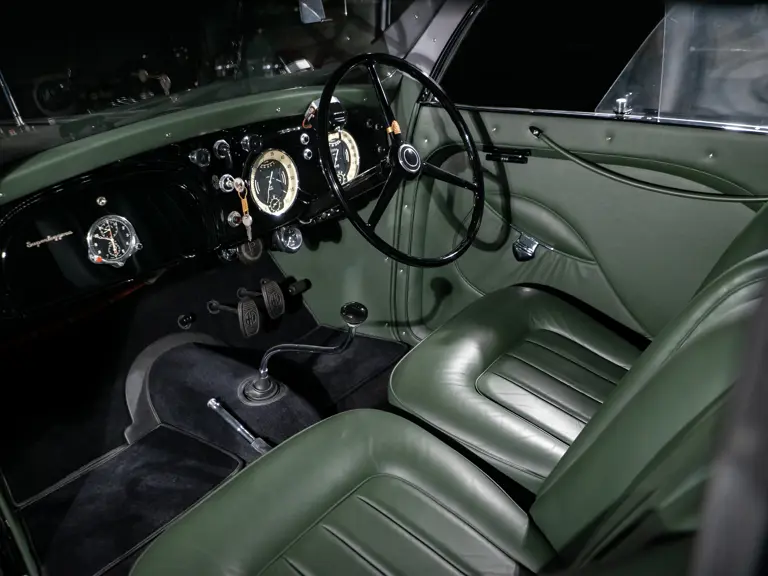
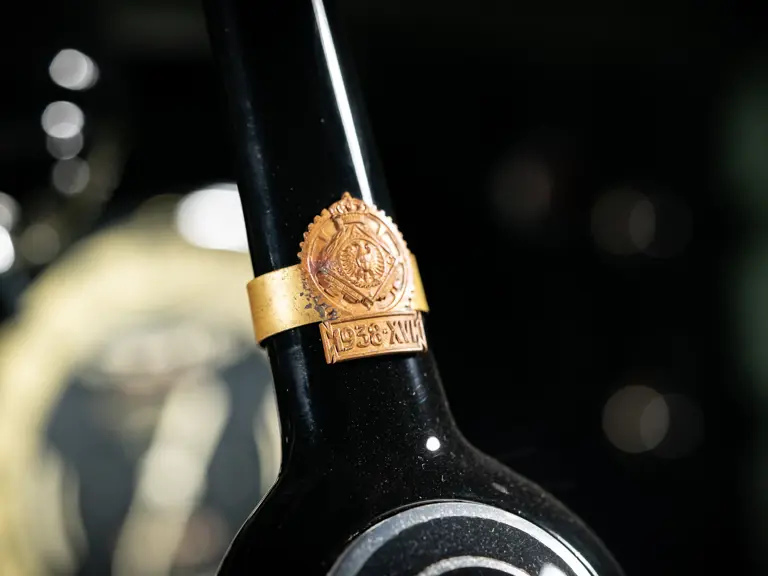
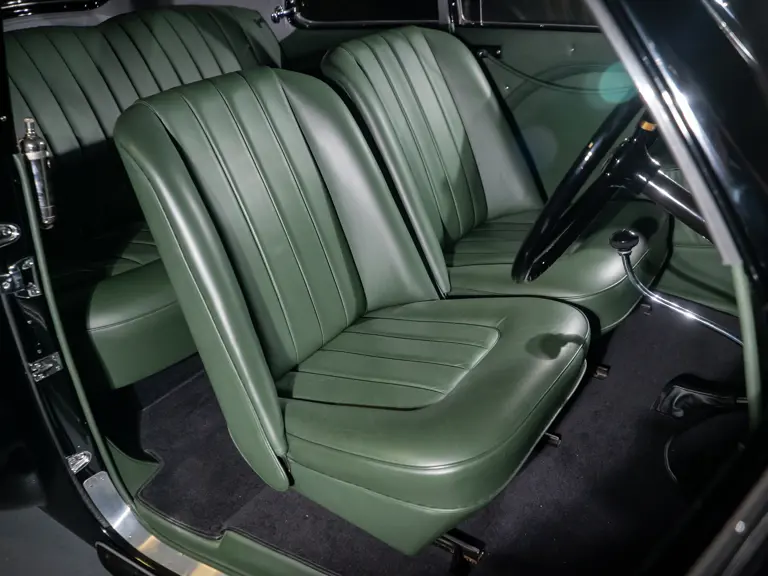
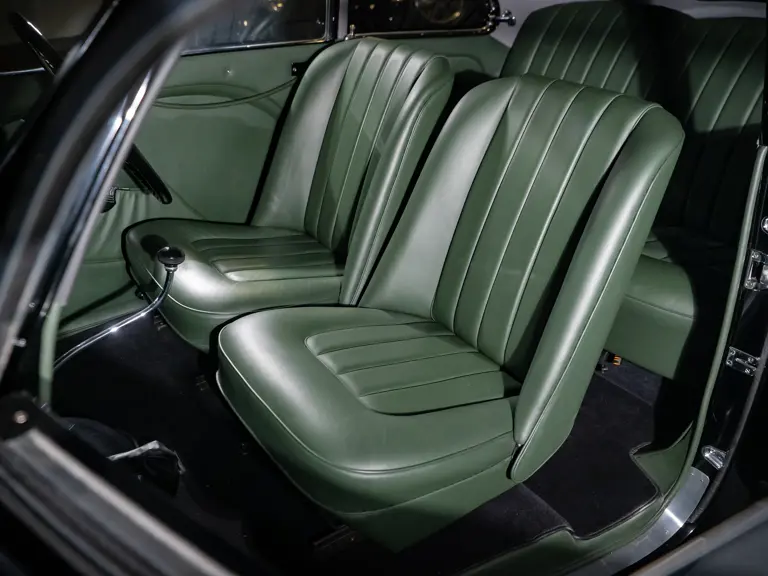
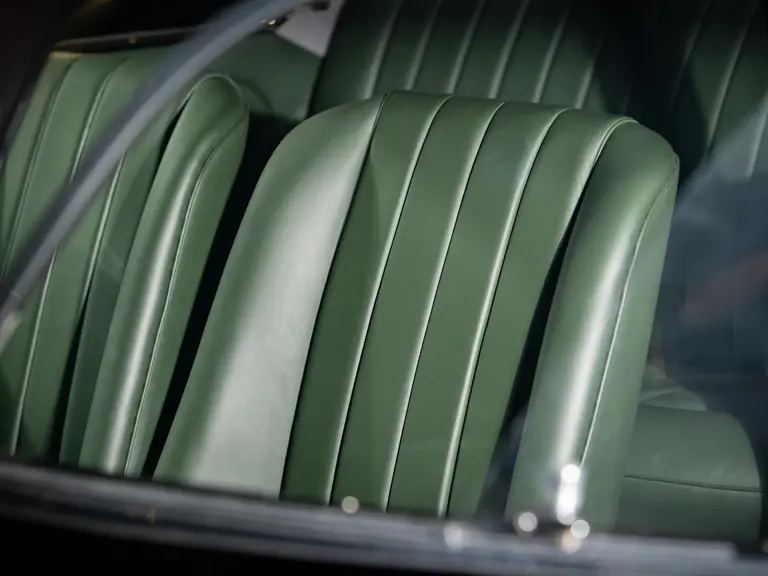
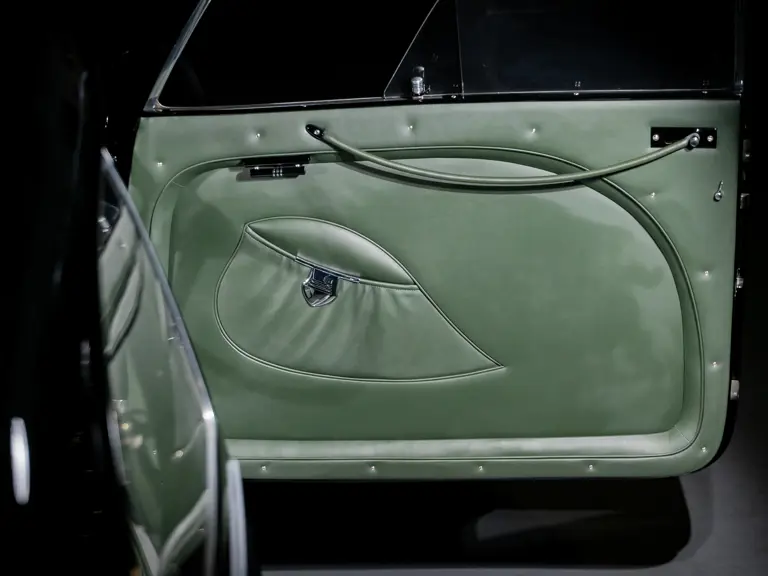
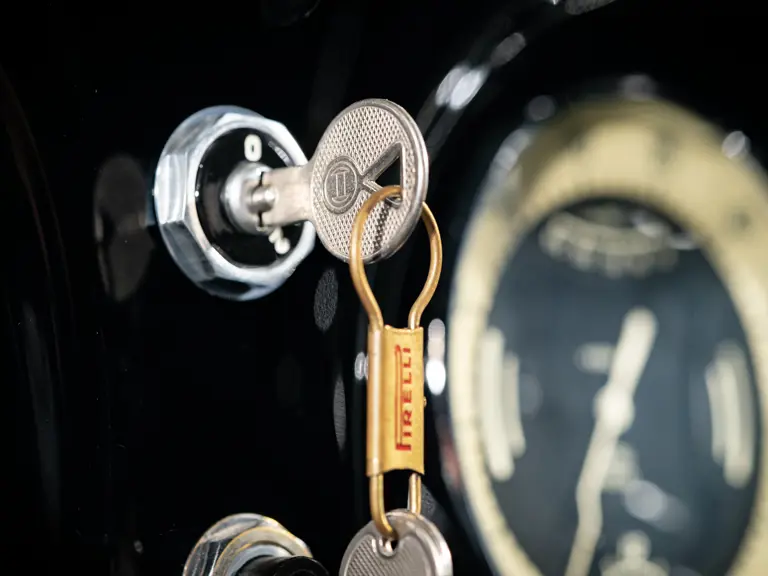
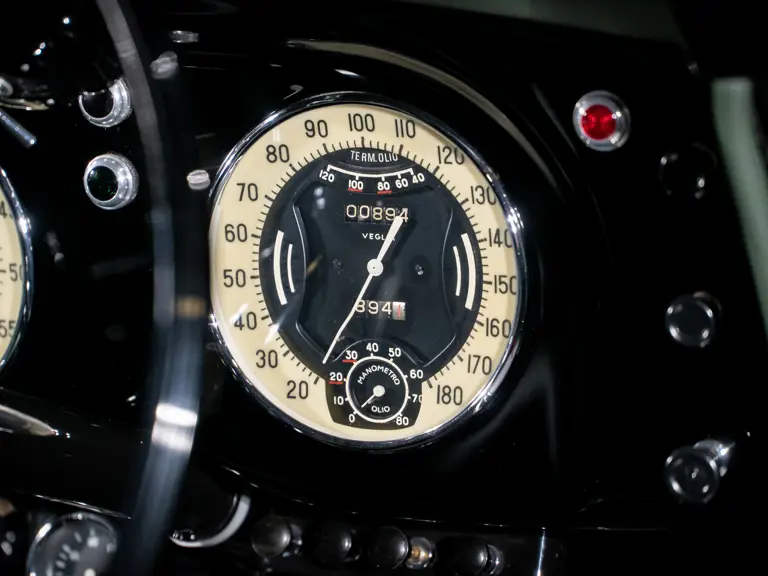
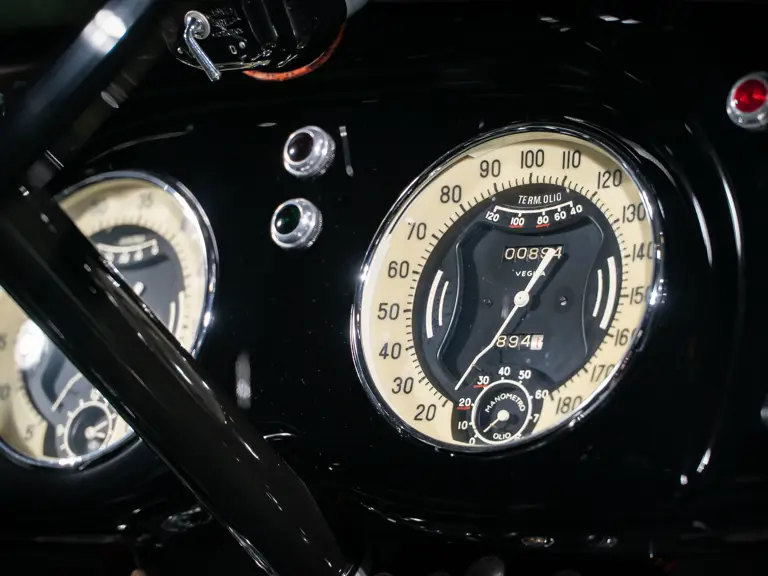
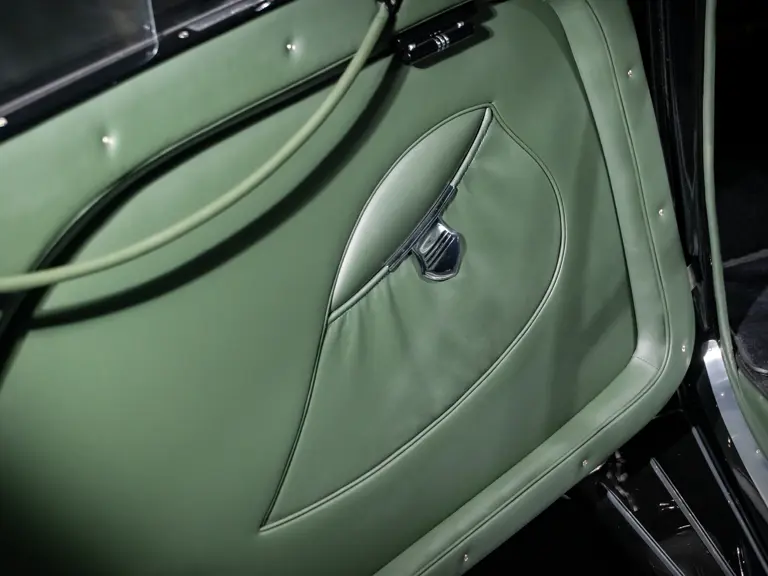
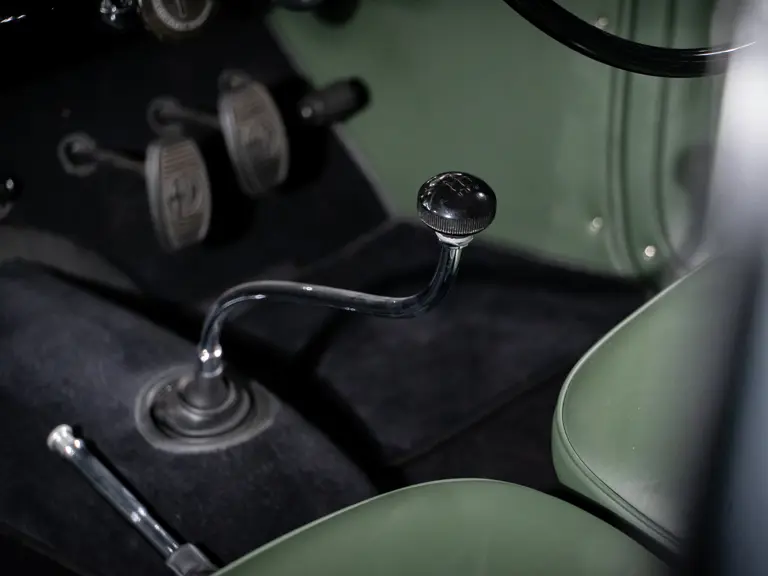
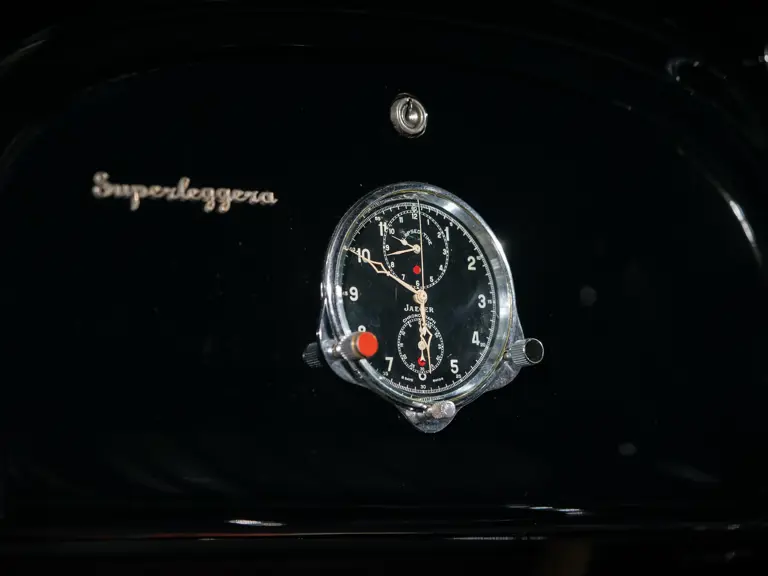
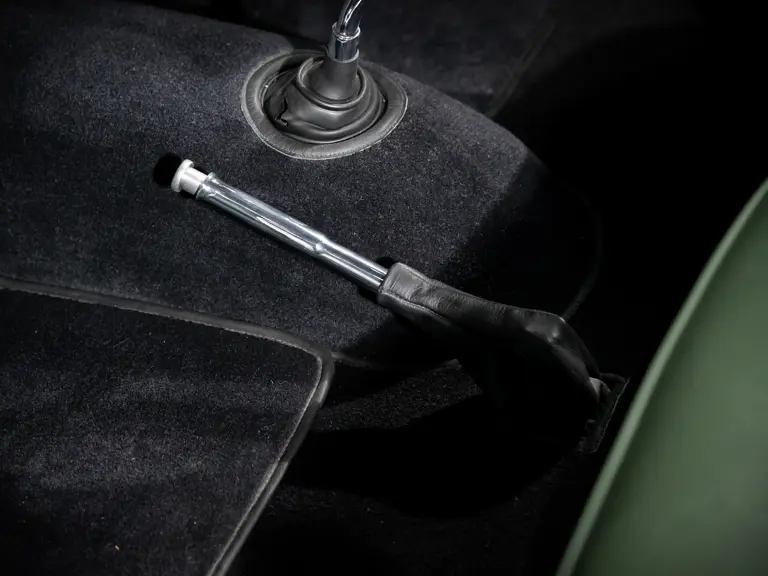
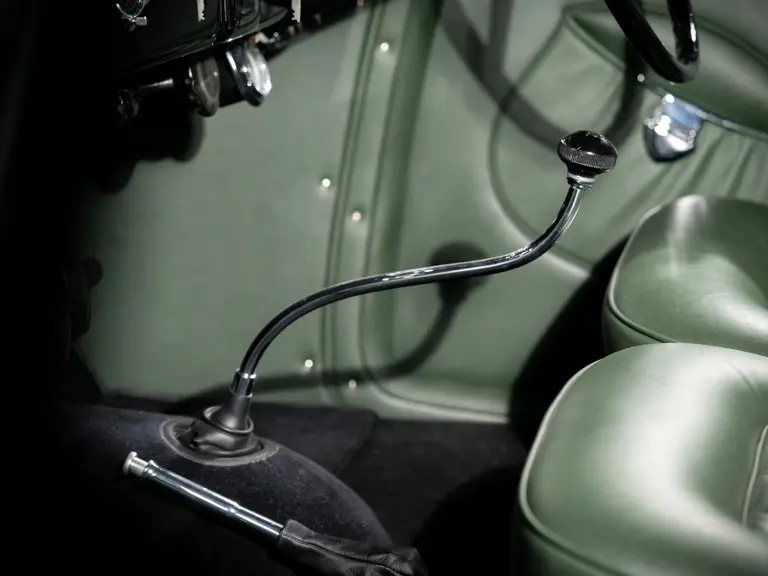
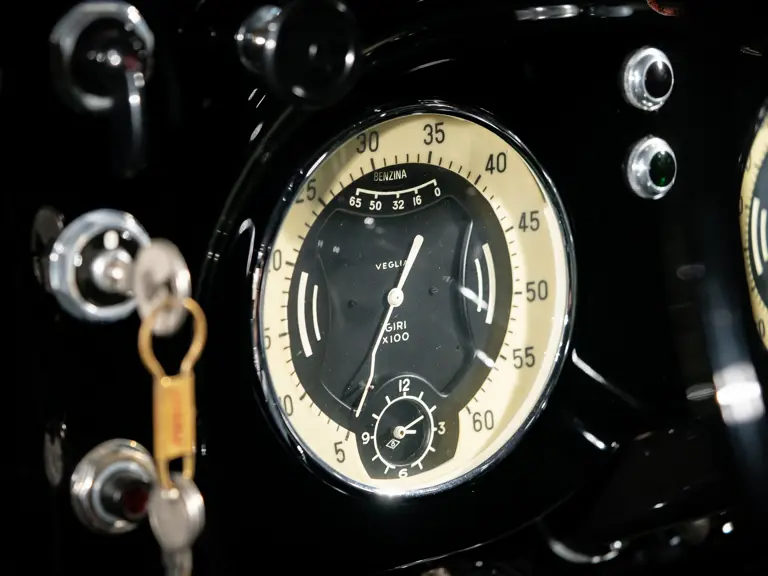
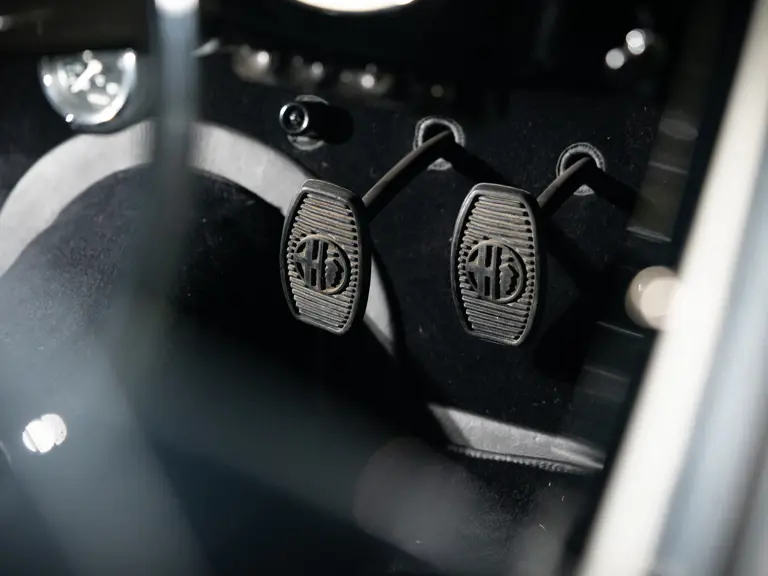
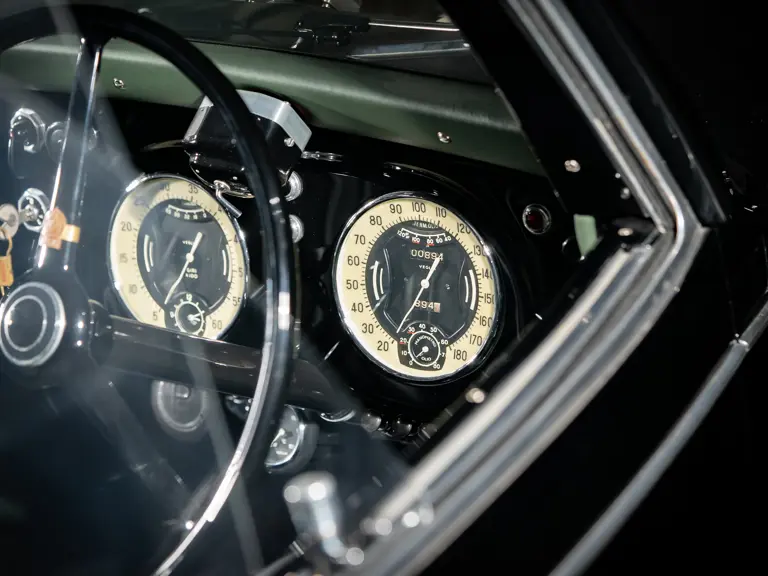

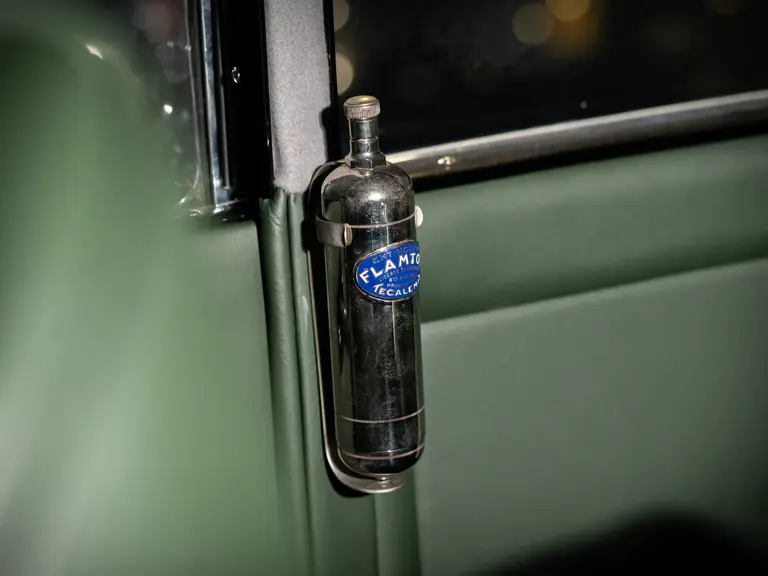
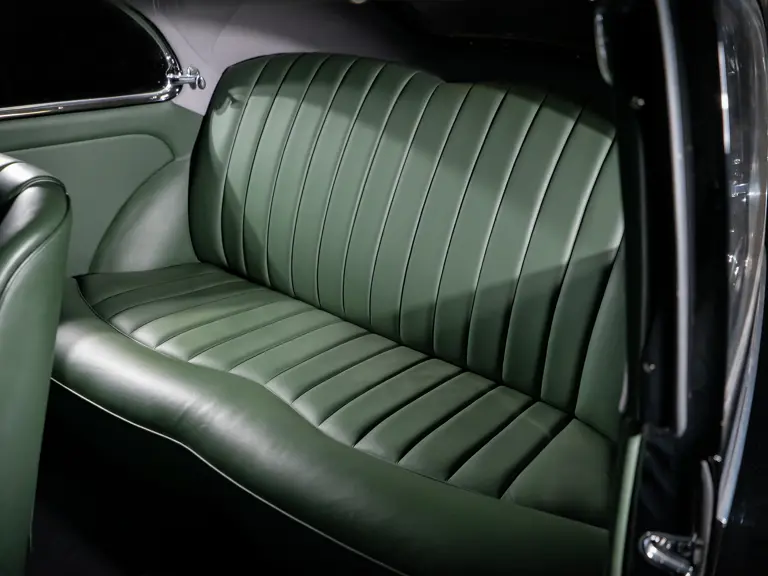

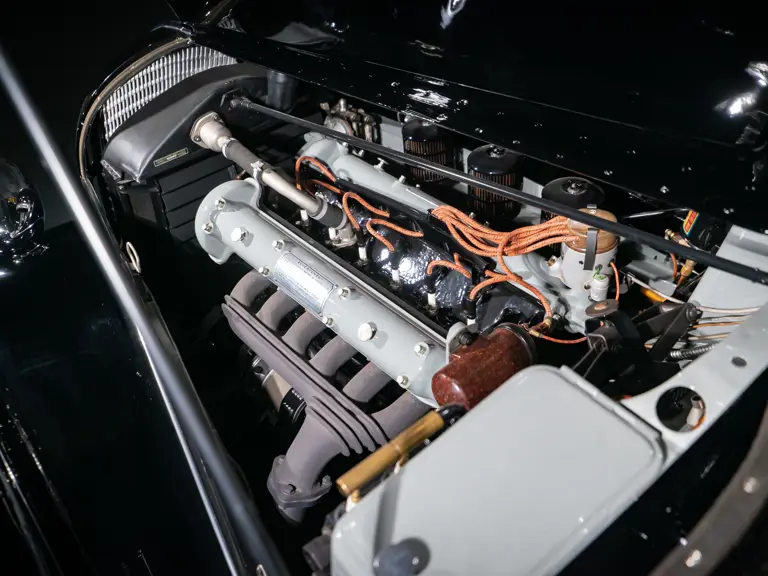
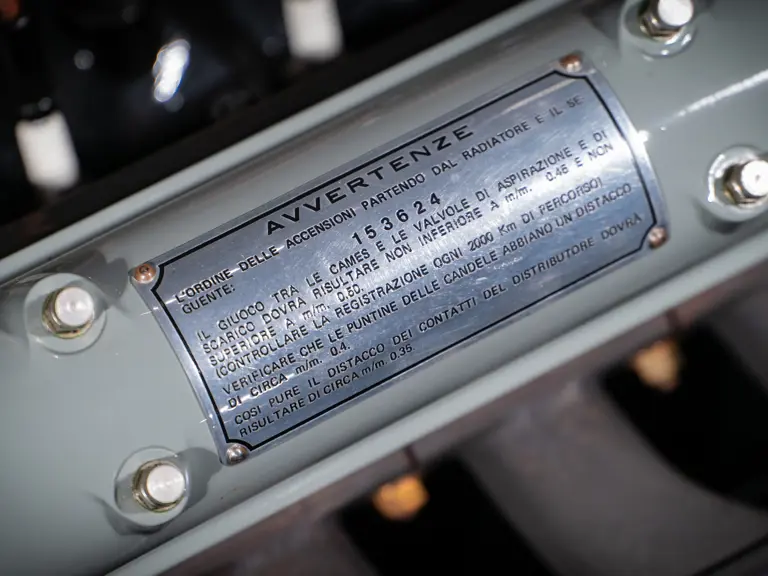
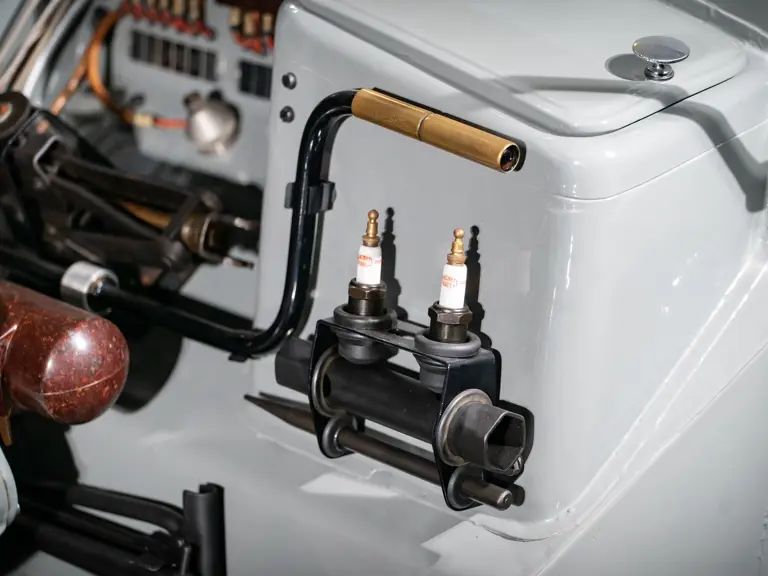

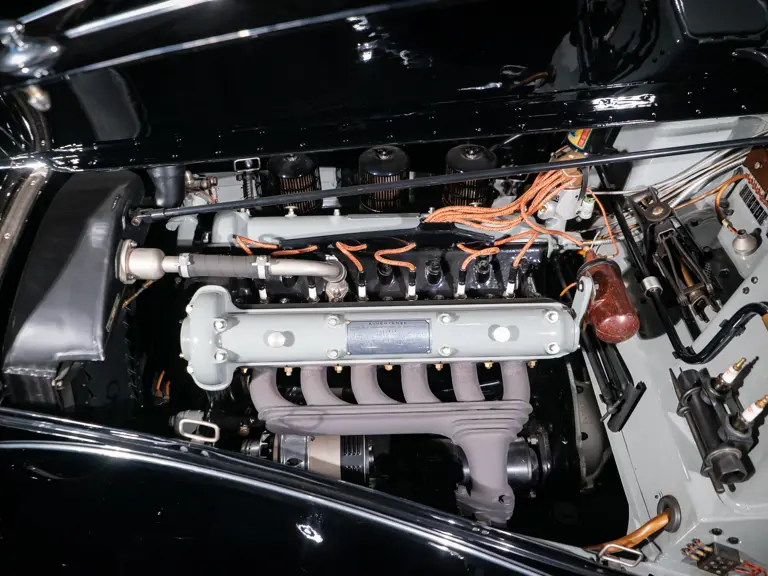
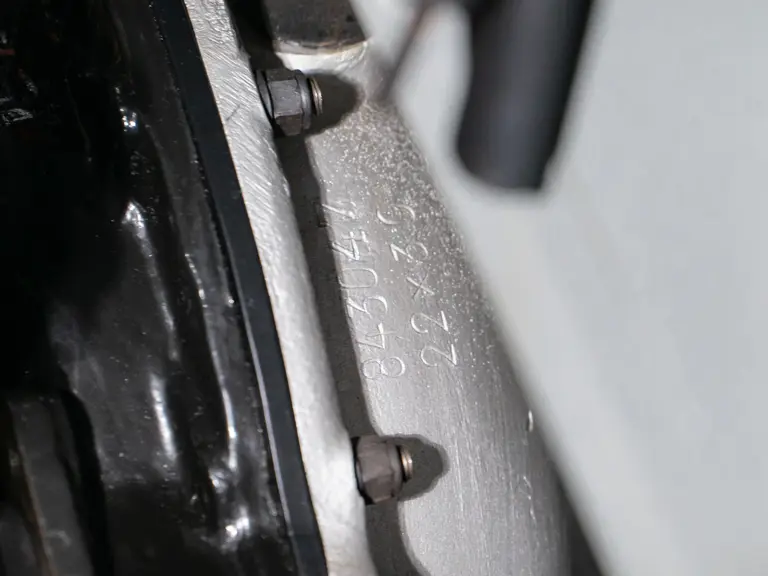

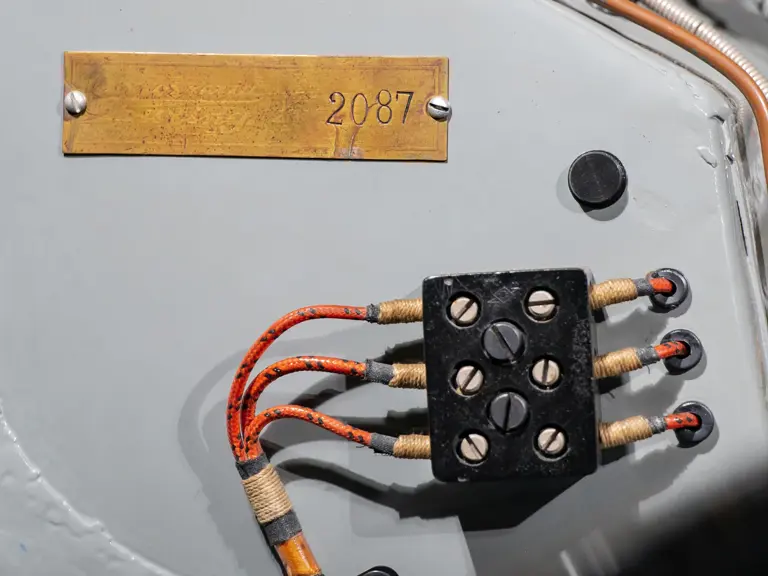
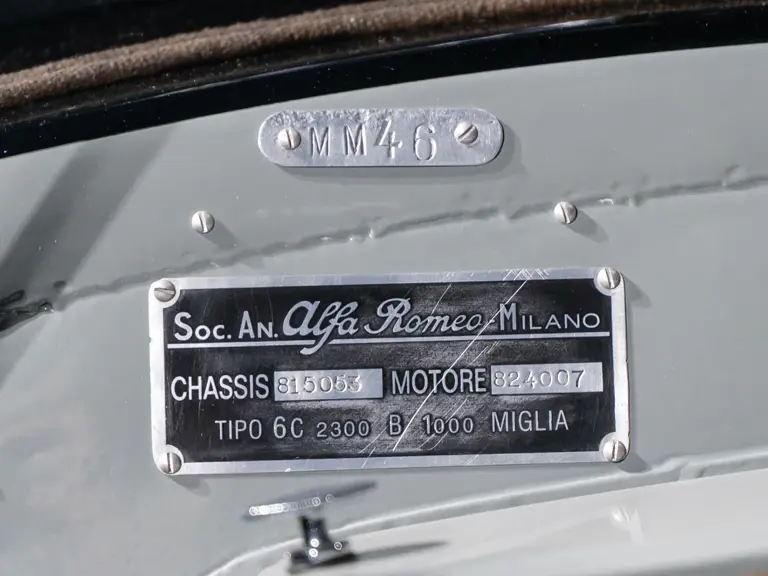

 | Monterey, California
| Monterey, California
